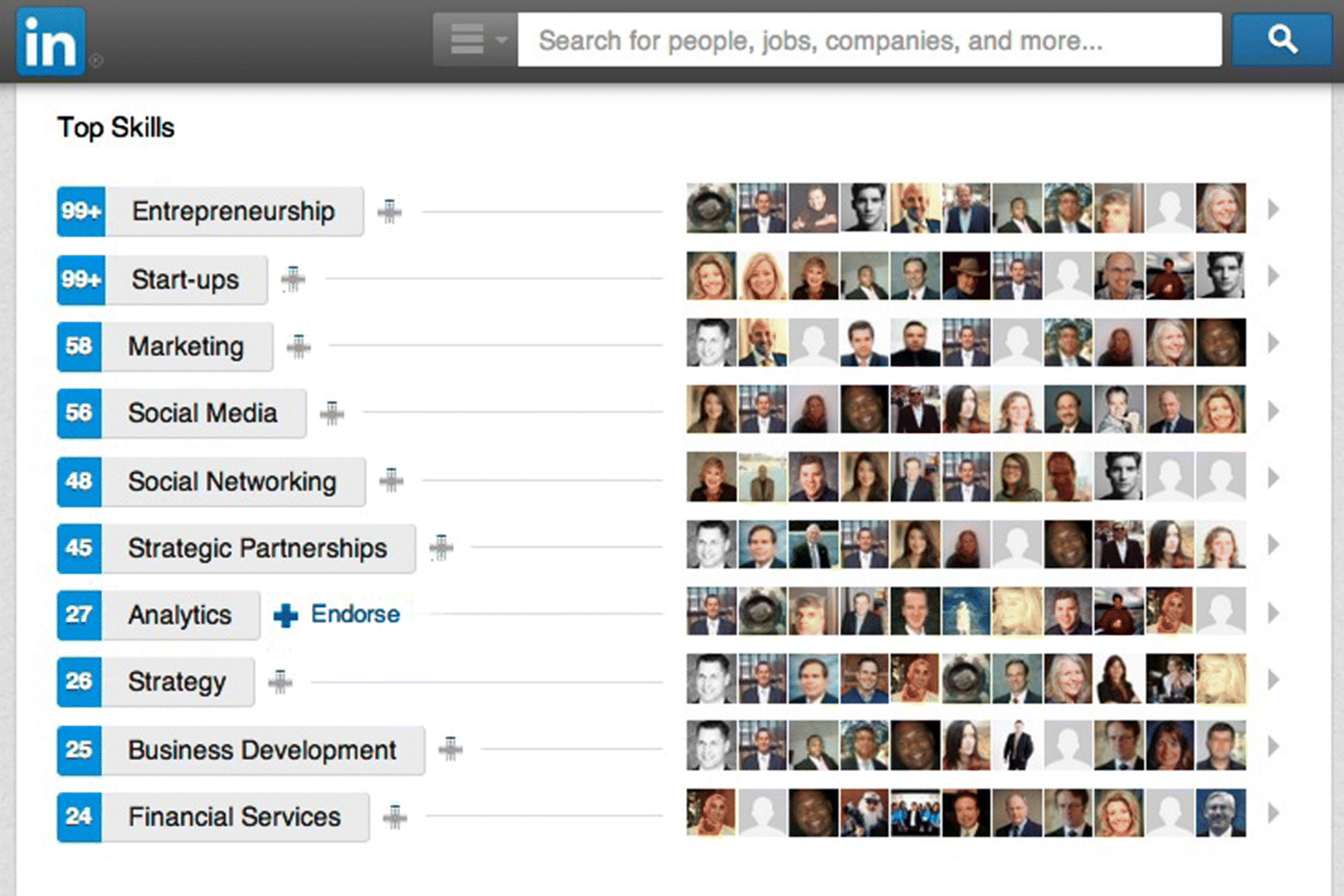Chapter 34How Can We Comply with Rules Related to Testimonials, Endorsements, and Advertising?
It is one of the foundations of social media—the like button.
What quicker way is there to share how you feel about someone's post, photo, or video on Facebook than simply tapping the thumbs-up icon on the page? Likes have become a form of currency in the social universe, since bigger numbers equate with greater popularity.
And yet in the world of financial advisory, regulators don't like likes.
Hating the Like Button
Testimonials and endorsements are all part of one continuum. Unlike virtually any other product, where consumers look for references or endorsements, the Securities and Exchange Commission (SEC) took the view that testimonials are inherently misleading. That is, having the rich and famous state in an advertisement that an advisor made them so is just flat-out prohibited.
The SEC's abhorrence of testimonials extends to the like function of Facebook and to endorsements on LinkedIn (see Figure 34.1). This seems entirely at odds with the intention and original purpose of the testimonial rule—after all, testimonials are statements made by an individual, who is typically paid. They are not the voluntary acts of members of a crowd. Nonetheless, the SEC has drawn a line in the sand, using its anti-fraud powers, powers that extend to registered and unregistered advisors.

Get The Socially Savvy Advisor + Website: Compliant Social Media for the Financial Industry now with the O’Reilly learning platform.
O’Reilly members experience books, live events, courses curated by job role, and more from O’Reilly and nearly 200 top publishers.

